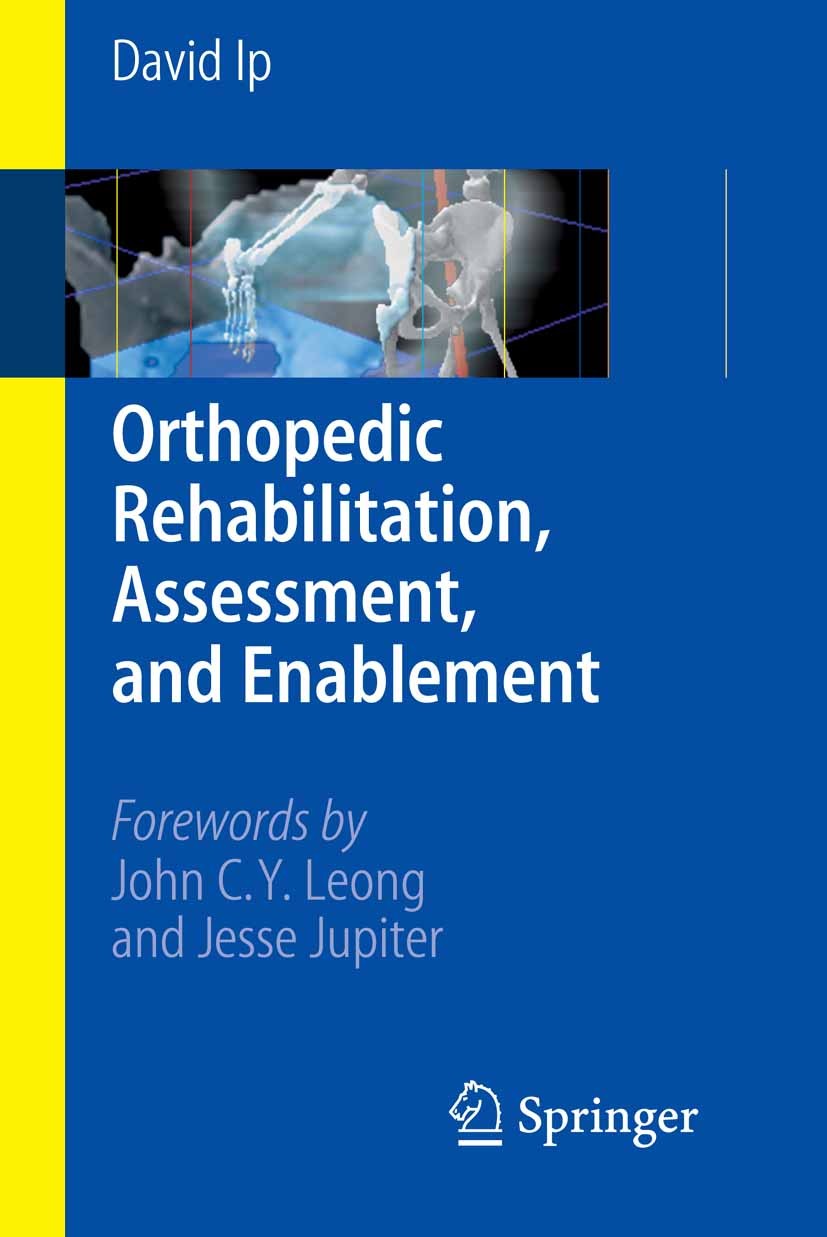Operational Mobility Screening (FMS) is a valuable instrument used to assess an individual's movement patterns. This assessment helps determine any deficiencies or discrepancies in the musculoskeletal system, which can result to injuries if not addressed. In rehabilitation contexts, FMS can play a critical role in improving rehabilitation outcomes. By understanding how each person navigates, healthcare providers can develop targeted recovery programs that focus on enhancing strength, flexibility, and overall function.
One of the main benefits of using FMS in rehabilitation is its capability to pinpoint particular areas that need improvement. For example, if a client has difficulty with squat movements or lunge movements, it may suggest a lack of mobility in their hip joints or ankles. This data allows therapists to formulate customized fitness regimens that emphasize correcting these shortcomings. As a consequence, patients are more likely to regain their strength and ability, which is crucial for returning to daily activities or sports.
Incorporating efficient FMS protocols can also assist prevent future injuries. Many damages Check This Out occur due to poor mobility mechanics or overuse of certain muscular groups. By evaluating patients before they start a recovery program, therapists can detect risks and implement approaches to minimize them. Educating patients about appropriate mobility mechanics and strengthening weak areas can lead to long-term benefits, promoting that they stay active and fit.
Additionally, the use of FMS can enhance communication between healthcare professionals and patients. When clients witness their movement mechanics evaluated and explained, they gain a clearer understanding of their recovery journey. This clarity fosters trust and motivates patients to take an active role in their rehabilitation. By engaging patients therapeutic massage in their recovery process, they are more likely to adhere to recommended exercises and behavioral changes that support better results.
In summary, enhancing rehabilitation outcomes through efficient operational movement screening procedures is crucial for both patients and healthcare providers. By precisely assessing mobility mechanics, therapists can develop customized recovery programs that meet specific needs. This not only aids in rehabilitation but also assists prevent future injuries. As patients become more involved in their recovery journey, they are likely to achieve their objectives and sustain a healthy, active way of living.

Comments on “Enhancing Rehab Outcomes Via Efficient Practical Movement Screening Guidelines”